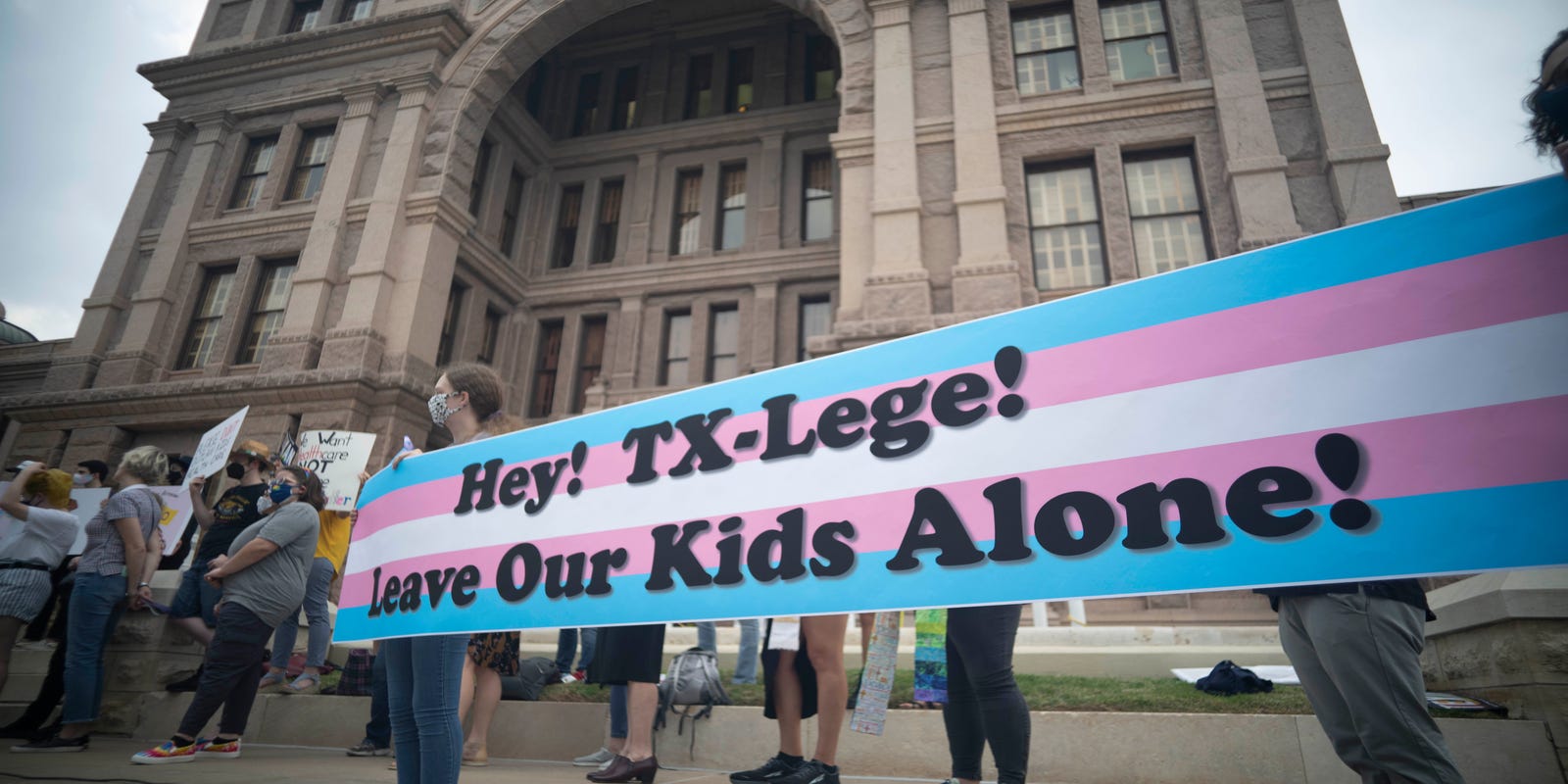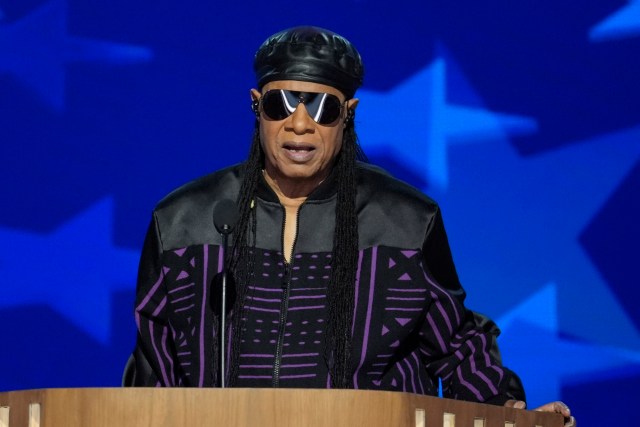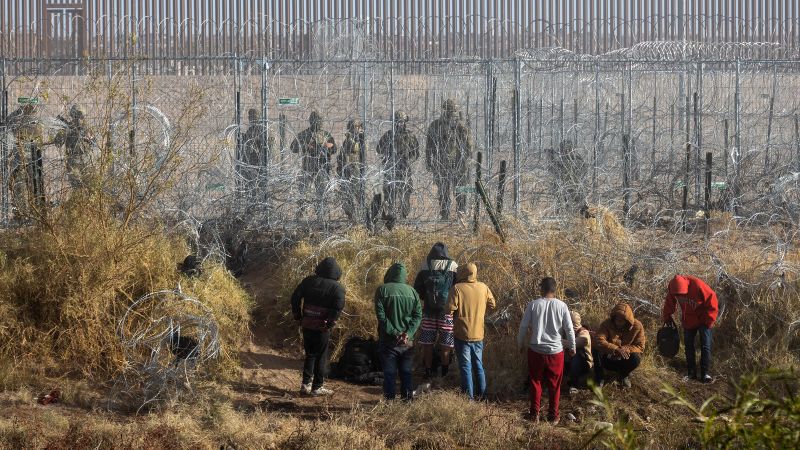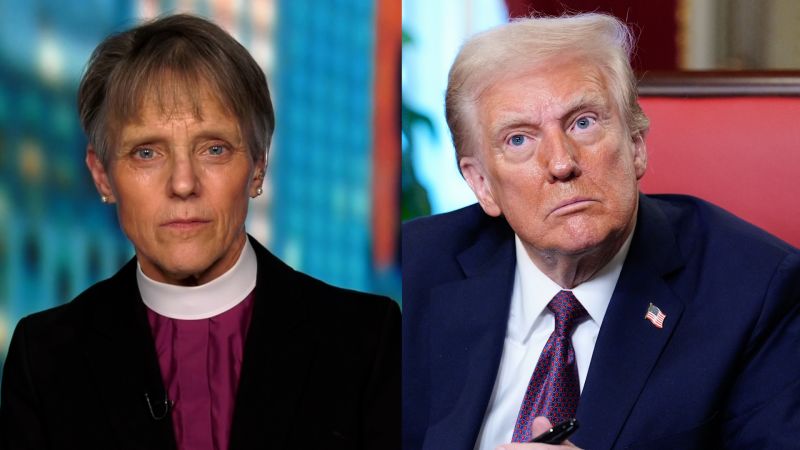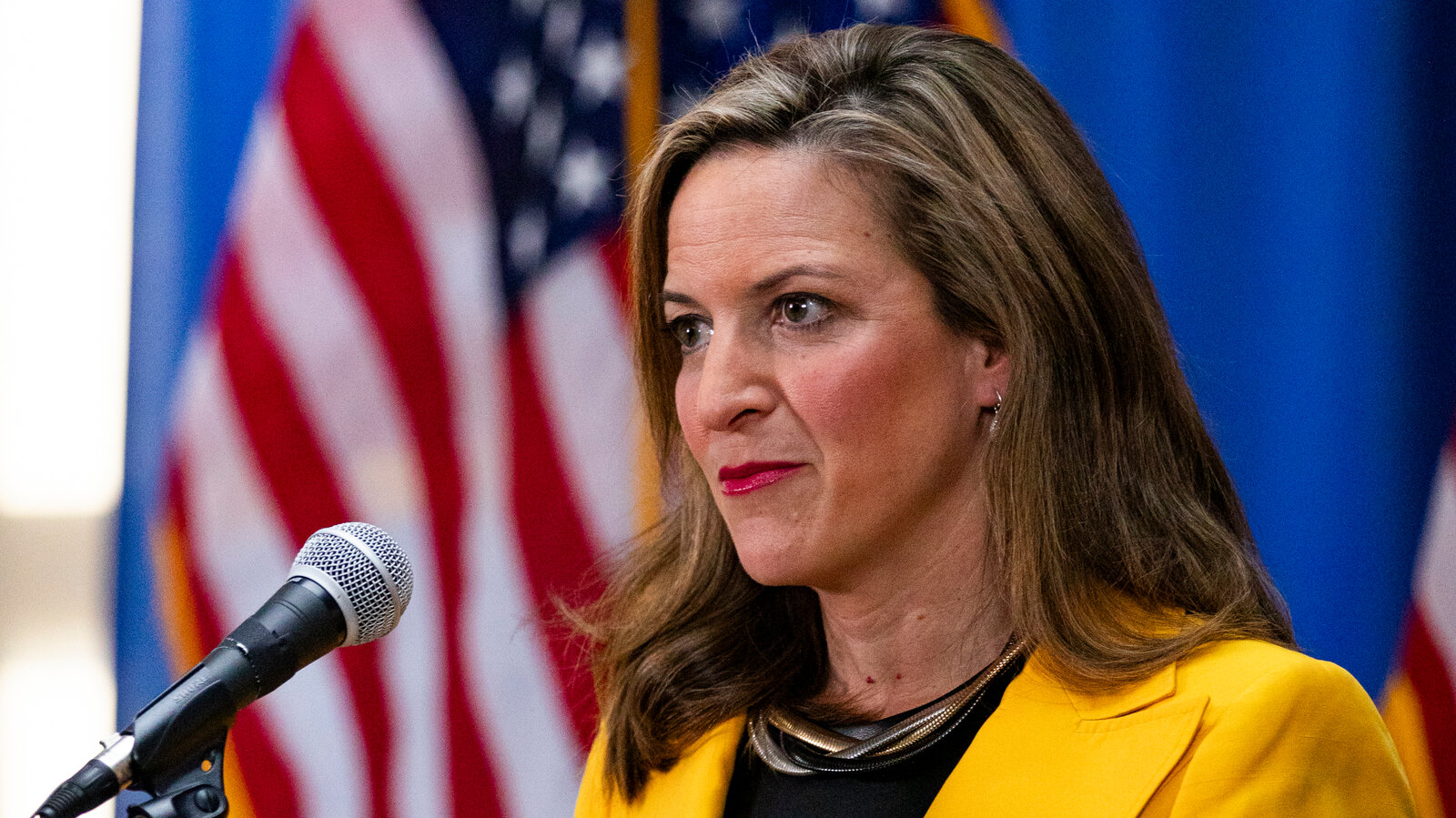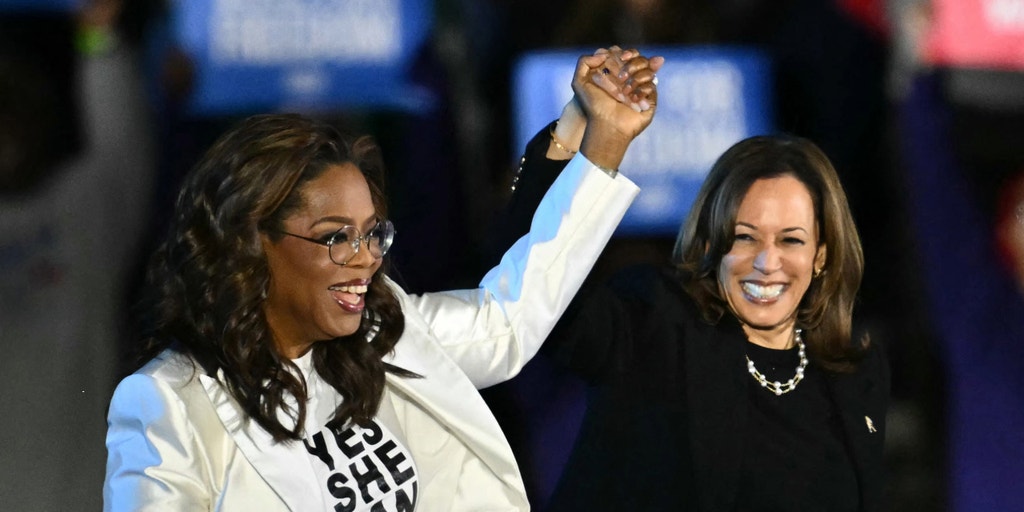
Shadows and Style: How Melania's Controversial Hat Stole the Spotlight from Diplomatic Discourse
From the elegant tailoring of Jackie Kennedy to the bold statements of Michelle Obama and the controversial choices of Melania Trump, First Ladies' fashion has long been a powerful form of silent communication and political expression. Far more than mere clothing, their style choices have become a complex language of diplomacy, personal branding, and cultural commentary. Throughout American history, First Ladies have navigated a unique public stage where their wardrobes are scrutinized with an intensity that far outpaces their male counterparts' appearances. This intense focus reveals a deeper societal double standard: while male political figures are primarily judged by their policies and actions, women are persistently evaluated through the lens of their appearance. Jackie Kennedy revolutionized this dynamic, transforming First Lady fashion into a global cultural phenomenon. Her impeccable French-inspired ensembles weren't just clothing—they were strategic statements of national sophistication and personal elegance. Each carefully curated outfit communicated diplomatic nuance and national identity. Modern First Ladies like Michelle Obama and Melania Trump have continued this tradition, using fashion as a nuanced form of political messaging. Obama's support for American designers of color and Trump's provocative designer selections demonstrated how clothing can be a powerful form of non-verbal communication. This persistent focus on women's appearances ultimately reflects a broader gender bias in political discourse. By reducing complex political figures to their fashion choices, media and public commentary often diminish women's substantive contributions and intellectual capabilities. As we move forward, recognizing fashion as a legitimate form of personal and political expression—while simultaneously demanding equal focus on policy and leadership—becomes crucial in creating a more equitable political landscape.


